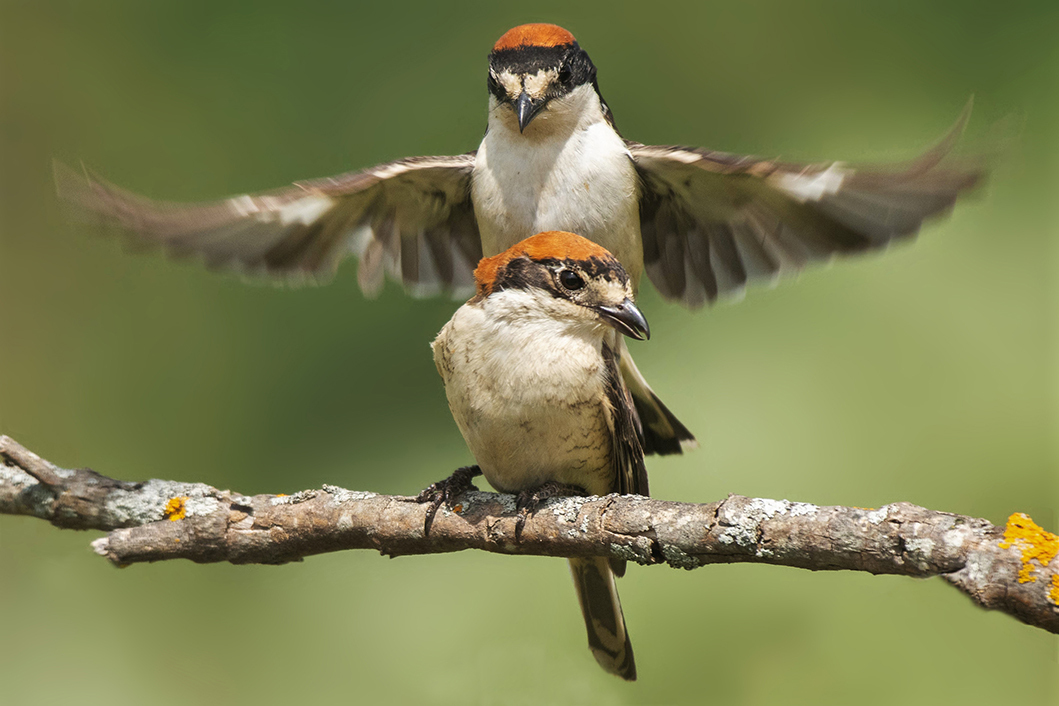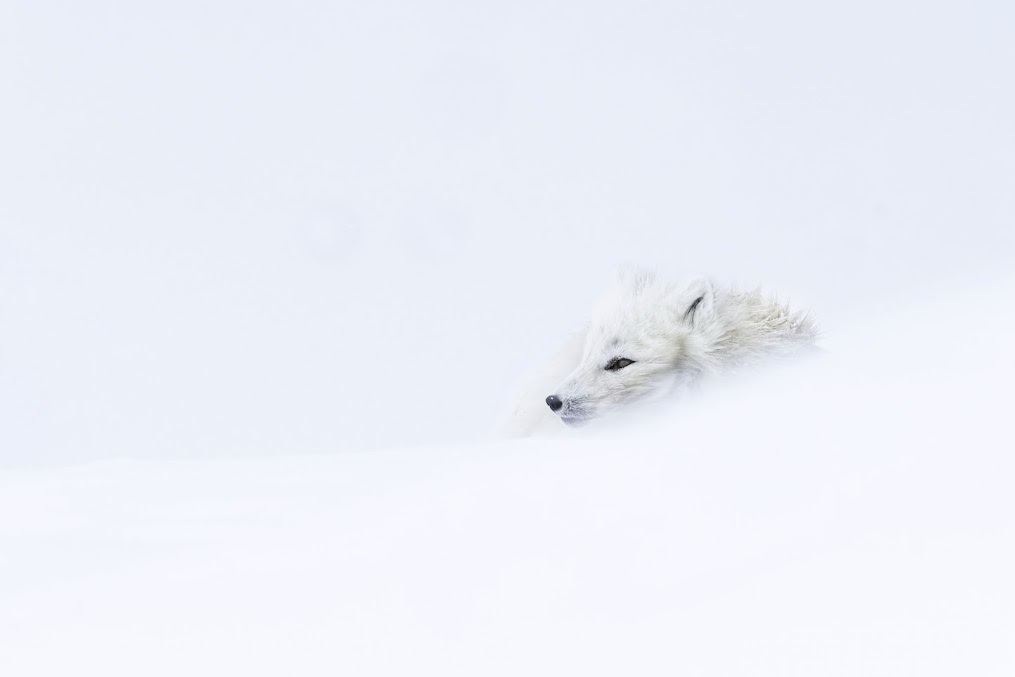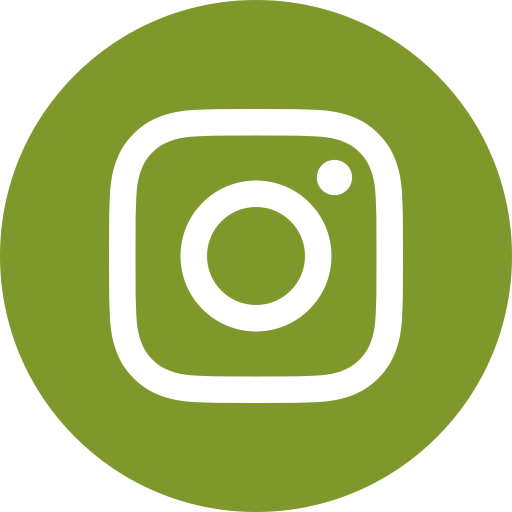Laura Núñez Bañuls
OverviewLaura Núñez Bañuls (Spain)
My name is Laura Núñez Bañuls, I live in Barcelona, Spain.
I studied Biology and started volunteering in several wildlife rehabilitation centers, later I graduated in Terrestrial Conservation and published two scientific articles monitoring fauna. I continued with a master's degree in Documentary Film, where I learned photography techniques and fully immersed myself in the magic of wildlife video making. From here I began to train myself in the study of wild animals, making use of the bird and mammal guides, the introduction to footprints and sounds tracking courses, direct recognition of the species in my area and in short, the observation through waiting and patience.
And the hobby fully took shape with my first job as a wildlife guide with SKUA Nature, an ecotourism company dedicated to conserving small wilderness areas through nature trips, photography hides, and guided excursions. This gave me the chance to photograph wildlife really close in wonderful places like the Danube Delta in Romania, the Po River in Italy, the Monfragüe National Park in Spain and the Varanger Peninsula in northern Norway.

Wildlife photography is my passion. I really like to take care of the details and the transformation of the scenery in the hides allows me to achieve it. But I also love to capture the moment, and this only depends on the attention you manage to give to a nature that changes with every eyeblink. I can spend hours enjoying the high keys and blurs at ground level, both live and from the hides.
Favorite subjects:
In the Mediterranean forest, whenever I find a burrow and discover fox tracks, it is usually my main objective. But for a few years now, migratory birds have always been a challenge for seasonal photography and every spring and summer I travel to meet them.
When I go on an excursion to an unknown place, I go camera in hand and whatever comes up can work, because I observe without expectations. If it is an area in which I have already been and I have previously seen which kind of wildlife moving around, I usually have a clear idea of what will be the goal of the day. But that, like everything else, is theory. You never know which animal is going to cross your path today or in which conditions you will find it, and for this reason I am always optimistic. I try not to get any illusions or ideas before I get to see it with my own eyes, but it is quite difficult when the photograph is already taking shape in your mind!!
Photohides:
When I go alone in search of a species I usually wear my Ghillie suit, but after discovering the Buteo Photo Gear's One-man chair hide my waiting hours have turned more comfortable.
I am currently building a night and ground hide with fixed light and water platform, where I am photographing the Genet before midnight. To start studying it, I did it with a camera trap in a tree and the Stealth Gear portable hide from Extreme Nature Photographers Square. This allowed me to have enough mobility to check all the directions and hide in the dark camouflaged with the forest.
A day of photographing:
On weekends I usually leave home early in the direction of a natural area - as the Catalonia Deltas have been lately due to the arrival of migratory species - and go to the places that I already know that are not full of tourists. Sunrises and sunsets are the most interesting for me, because I stop to wait for the lights and the wildlife to balance and merge into a portrait. When the heat begins to arrive, I continue my route by car in search of surprises or new observation points. I spend the two days in the field studying nature; also when I am in the car I take my camouflage net to stop and hide in the same vehicle and photograph from it, or my hide chair that assembles in a second so as not to disturb the wildlife.
Get inspired:
Techniques can always be improved and I take great advantage of meeting photographers at fairs or exhibitions to learn from their images. Landscape and fauna photography, where both contents merge into the same portrait, always impresses me. I am looking forward to trying to capture them in my next expeditions.
What I would like to photograph the most, because until this year it has always caught me traveling for work during the season it is starting to show, is the Little Bustard. Since their mating only lasts a few weeks and these tend to be in mid-spring, I tend to be working on my own hides. But this year is the last one that gets away from me!
A week ago, I managed to photograph my lifelong dream: the arctic fox. I guided myself on an expedition with some photographer friends to Svalbard and I have taken the image that I had been looking for so long. Another species that has always fascinated me and that I plan to see one day is the Steller's Sea Eagle.

I use Instagram and Facebook to publicize the species that I observe since they are my channels of divulgation and discovery with other photographers and naturalists. I also talk about my photographs, materials, equipment and various trips on Spotify, on the podcast of El Guardabosques WildPodcast, a program of nature curiosities and environmental conservation.
Advice from Laura:
May you never stop exploring with your own eyes and improvising with your camera, and the most important thing: going out to try new photography techniques in all possible environments. Let no one tell you that your photography is not enough, or that at least may those words only serve to bring out the best in yourself.
For female photographers, or those who are new to it, tell you that we are very few in nature photography, but most of the time it is not because our images are not worth it, but because we do not dare to give ourselves a chance. Sometimes we have photos with a lot of talent and above all with high sensitivity, that we do not launch ourselves to publish because of the thought of what they will say and because of the phrase: there will always be better.
Nature photography is nothing more than in the end, a dissemination tool for a global audience that also serves biologists to monitor and record certain species to be conserved and as everything in Science and Art, we need new generations of women photographers to teach us to see nature in a new way.
Laura Núñez Bañuls
If you want to see more photos & videos of Laura, please feel free to check out her website, Instagram, Vero or Youtube channel:
Photos: © Laura Núñez Bañuls
















